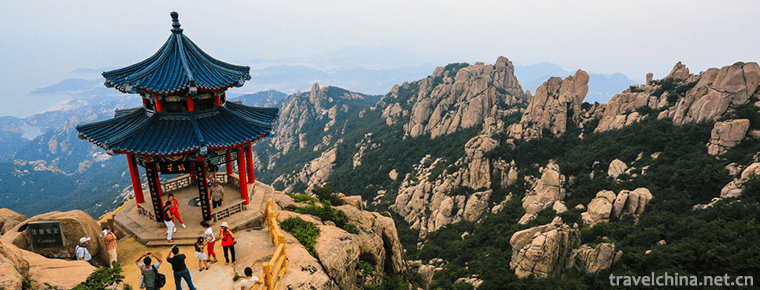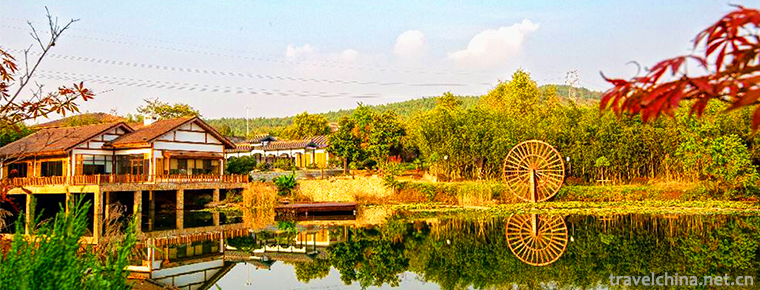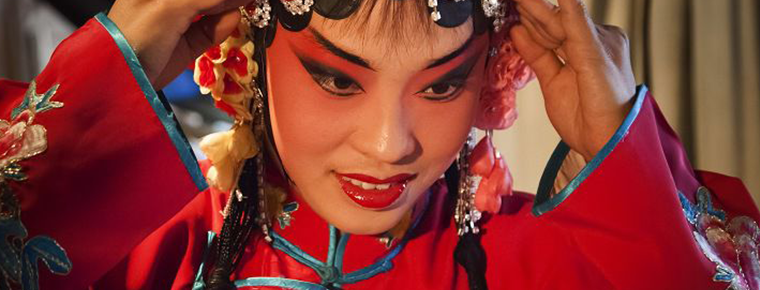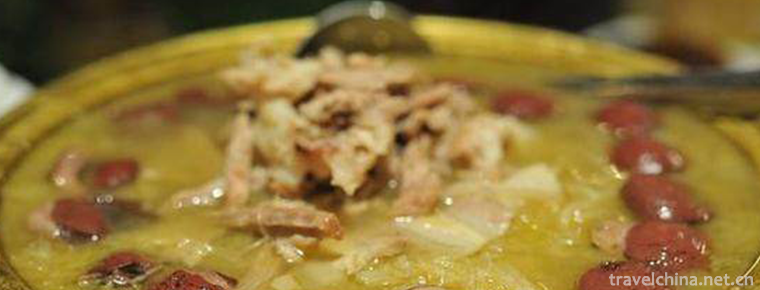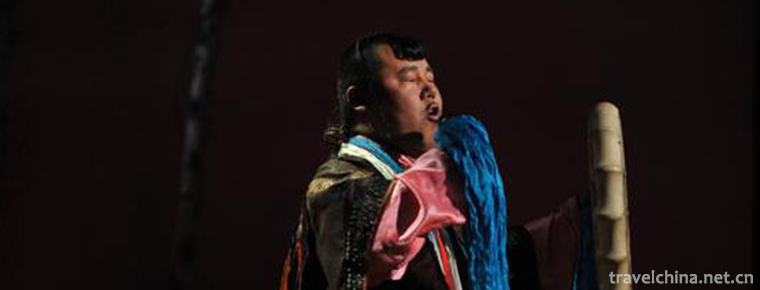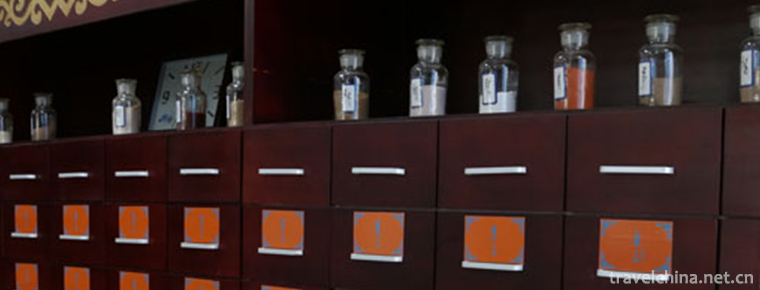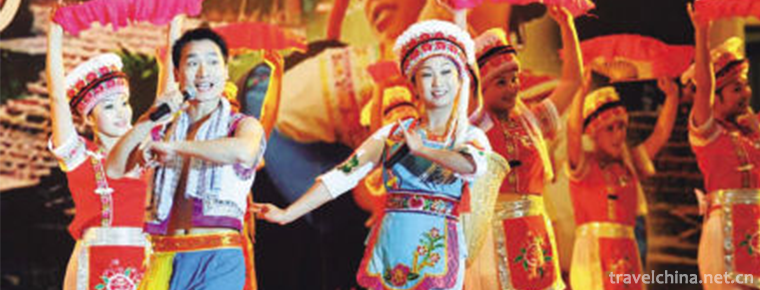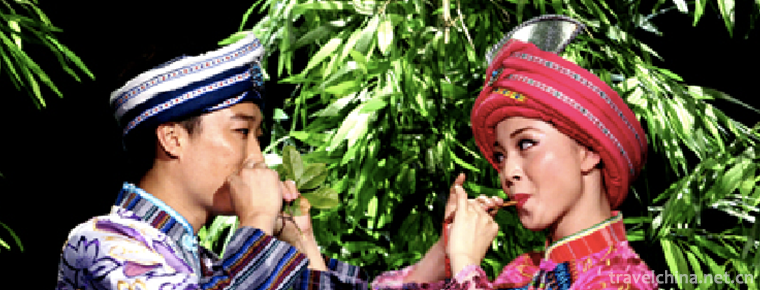Turtle Head Islet
Yuantouzhu is a peninsula lying on the northwest coast of Taihu Lake in Wuxi. It is named for its huge stone bursting into the lake in the shape of a tortoise with its head held high. Yuantouzhu was built in 1916 and now covers an area of 539 hectares. On October 26, 2012, Yuantouzhu was promoted to the national 5A scenic spot.
Yuantouzhu has many landscapes, such as Yinxiu in Chongshan, Yinghui in Luding, Chuntao in Yuzhu, Hengyun Villa, Guangfu Temple, Xiandao in Taihu Lake, Lanyuan in Jiangnan, Cherry Blossom Friendship Forest in China and Japan. Taihu Yuantouzhu Scenic Area has become a tourist resort.
In Xiaoliang period, Guangfu Temple was built here, which is one of the 480 temples in Southern Dynasty.
Before the Ming Dynasty, Yuantouzhu had been the aspiration of people. Maolin Xiuzhu, cliff cliffs, cliff stone carvings, with the Taihu Lake shining into interesting, is considered to be Wuxi within the "Peach Blossom Source". In the Ming Dynasty, Gao Panlong, the leader of the Donglin Party, left a relic of "Yuantou Zhubian Zhuzu". In the early Ming Dynasty, "Spring Rise of Taihu Lake" was listed as one of the "Eight Sceneries of Wuxi". At the end of Ming Dynasty, Gao Panlong, the leader of Donglin Party, often came here to sing on the waves, leaving the ruins of "Yuantou Zhubian Zhuzu". There are many works sung by literati and refined scholars. At the end of Qing Dynasty, Liao Lun of Zhixian County in Wuxi inscribed two cliff inscriptions on the cliffs of Linhu Lake: "Including Wuyue" and "Hengyun".
Since 1918, celebrities and dignitaries have built private gardens and villas near Yuantouzhu. The Yuantouzhu Park, which was built in 1918, was once Chiang Kai-shek's private garden. It can be called "the first scenic spot in Wuxi". Form the embryonic form of Yuantouzhu Scenic Area. Yuantouzhu was built in 1931. Zhongtang book has "natural painting" amount, the two sides of the sill are linked with "mountain horizon track", Zhuzhi Yingtou, as far as the lake light open green fields; rain roll beads curtain, clouds brush painting buildings. From here to the left, you can climb Feiyun Pavilion and Jinsong Tower. Shutian Pavilion stands tall and towering on the top of the mountain. When you climb the pavilion, you can see the whole Taihu Lake.
In the early years of the Republic of China, Yang Hanxi, a Wuxi native, purchased 60 mu of mountainous land here, and in 1918 he began the initial development of Yuantouzhu and began to construct "Hengyun Villa". In 1924, he allocated more than one mu of land to the monks, who moved the Guangfu Temple of Houshan to the area by collecting money from him, and renamed it Guangfu Temple. In 1925, Yang Hanxi used his status as chairman of Wuxi Business Group to collect funds to build Taozhu Pavilion in business circles. During the Anti-Japanese War, it was renamed Hengyun Park.
There are also "Taihu Villa" built by Wang Xinru in 1927, "Ruoyuan" built by Chen Zhongyan in 1928, "Zhengyuan" built by Zheng Mingshan in 1931, and the retirement of He Qiwu and Cai Shusan. At that time, because of the obstruction of Lihu Lake and the inconvenience of transportation, there were not many tourists. On his 60th birthday in 1934, Mr. Rong Desheng built a 375-metre-long bridge on Lihu Lake with his birthday ceremony, named "Baojie Bridge" because the southern end of the bridge was erected on the Baojie Mountain. From then on, he communicated the land traffic between the northern banks of Lihuan Province, and connected the scenery of Meiyuan, Liyuan and Yitouzhu to facilitate tourists to visit and lie on the long bridge. Bo, just to the Lihu waist, 60 bridge holes under the bridge symbolize Mr. Rong Desheng's 60th birthday, reminding people not to forget to build bridges.
After liberation, the government merged the original gardens and villas into "Yuantouzhu Park". Since 1982, a large-scale expansion has been carried out. Its area has expanded from 480 Mu to 1950 mu. It is called "a scenic spot with a district". There are ten scenic spots in the garden (Yuanzhu Chuntao, Wanlang Snow, Luwan Summer, Hushan True Meaning, Luding Yinghui, Chongshan Hidden Show, Lotus Root Deep, Shili Fangjie, Zhongqiang Morning Fog, Sanshan Yingbi). Yuanzhu Chuntao scenic spot is the essence of the whole garden.
In the 1980s, it was expanded on a large scale with a tourist area of 130 hectares.
geographical position
Yuantouzhu Scenic Area is located in the southwest of Wuxi City, Jiangsu Province. It is located on the northwest Bank of Taihu Lake. Its northern latitude is 31 31 30 and its eastern longitude is 120 12 52. It is 22 kilometers from Wuxi Airport, 16 kilometers from railway station and 18 kilometers from urban area. The scenic spot relies on three cities: Wuxi North, Wuxi East and Wuxi Nanquan around Taihu Lake Expressway. Among them, Wuxi East Exit of Shanghai-Nanjing Expressway connects Taihu Avenue directly to the scenic spot. In addition, Xicheng, Xiyi and Ninghang Expressway can reach the scenic spot quickly and conveniently.
Topography and topography
Yuantouzhu Scenic Area is a peninsula in Wuxi on the northwest coast of Taihu Lake. It is surrounded by water on three sides. It consists of Baojie Mountain, Luding Mountain, Nanqian Mountain and its nearby Zhongqian Mountain and Sanshan Island. It looks like the head of a floating eagle.
Yuantouzhu Scenic Area is a famous modern garden. It was built at the beginning of the last century. Since the last century, a large number of private gardens absorbing western culture have sprung up in Wuxi. Yuantouzhu is the largest one. It was built in 1918 by Yang Hanxi, president of Wuxi Chamber of Commerce in the late Qing Dynasty. At that time, he ingeniously used the real mountains and rivers to build the garden. He built the private garden in a natural way, which was also the best place to appreciate the Taihu Lake water. In 1958, Guo Moruo's visit to Taihu Lake also left behind the poem "Taihu Lake is a wonderful place, after all, in the head of the elbow". The development of Yuantouzhu Scenic Spot has gone through two stages. One is the garden built in the last century, which is also the essence of the whole scenic spot. The other is the large-scale expansion after the 1980s, which has expanded the area from 60 acres to 1960 acres. It can be divided into ten scenic spots with different functions, such as sightseeing, Taoist culture. The scenic area has convenient land and water transportation. There are also sanatoriums and resort islands suitable for vacation and leisure around the scenic spot. At present, Yuantouzhu has an annual reception of about 2.2 million, which has become a golden tourist spot on East China's tourism line. With so many tourists coming to visit our scenic spot, the key is that the scenic spot is enjoyable all year round. They are spring flower, autumn moon, summer lotus and winter snow.
Yuantouzhu occupies the most beautiful corner of Taihu Lake. Looking south, Taihu Lake has the atmosphere of Qingdao seaside; looking north, Taihu Lake has the beautiful scenery of Hangzhou West Lake. In this natural landscape of real mountains and rivers, it is supplemented by ingenious artificial decoration, making it the most ideal scenic spot for viewing Taihu Lake. Guo Moruo, a poet, made a comment on "Taihu Lake is a wonderful place, after all, at the head of the elbow". Yuantouzhu attracts literati and scholars from all ages and countless Chinese and foreign tourists with its endless wind and moon of "not high and elegant mountains, not deep and vast waters", as well as its magical changeable scenes of sunshine, rain and sunshine in the morning, midnight, spring, autumn, summer, lotus, winter and snow.
You must visit Taihu Lake in Wuxi and Yuantouzhu in Taihu Lake. The scenery of Yuantouzhu is beautiful and natural. It is the essence of Taihu Lake scenery, so it is called "the first scenic spot of Taihu Lake".
Yuantouzhu Scenic Area has a wide range of scenic spots. It can first climb Luding Mountain Shutian Pavilion, overlook the four sides, wash one's mind, then go to Yuantouzhu, or walk around the flower path, or walk barefoot on the low beach, or take a boat to get on the surface of Taohu Lake, sit on reefs and meditate on buildings, taste the beauty of Taihu Mountain and Water, and finally take a boat to cross the lake to explore the Lingxiu, Xiandao, Taihu Island. Magic is wonderful. The main scenic spots of Yuantouzhu include Yuantouzhu archway, archway, Changchun Huayi, seven-masted sailboat, Strait-friendly stone tablet, Xu Xiake bronze statue, lotus root depths, Wuxi travel, Yuanzhu lighthouse, Yuanzhu Chuntao, cliff stone carving, Zhenze Shenyi, Chenglantang and so on.










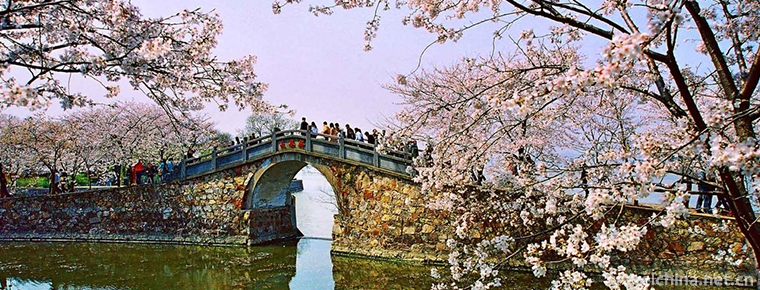
-
Braised Shredded Chicken with Ham and Dried Tofu
Braised Shredded Chicken with Ham and Dried Tofu, also known as chicken juice, boiled silk, the traditional dishes are Huaiyang cuisine.
Views: 196 Time 2018-10-27 -
Laoshan Scenic SpotQingdao Shandong Province
Laoshan Scenic Area of Qingdao, located in Qingdao City, Shandong Province, is one of the first national key scenic spots approved and announced by the State .
Views: 178 Time 2018-12-08 -
Shangyao National Forest Park
Shangyao National Forest Park, located in the northeast of Huainan City, Anhui Province, has more than 30 hills and mountains with a total area of 10.4 square kilometers and a forest coverage rate.
Views: 141 Time 2018-12-19 -
Guanshi Pomegranate Garden Eco cultural Tourist Area
Guanshi Pomegranate Garden Eco-cultural Tourist Area is located in the south of Zaozhuang City, Shandong Province, and in the west of Fucheng District. It is 22.5 kilometers long in East and 22.5 kilo.
Views: 158 Time 2018-12-26 -
Genghis Khan Festival
Genghis Khan's sacrifice is a Mongolian custom of offering sacrifices to Genghis Khan. It originated in the Wokuotai era, and was formally issued in the Kublai Khan era. It stipulated various sacrific.
Views: 180 Time 2019-04-18 -
Jin Opera
Jin Opera is Shanxi Bangzi, an important drama in northern China, also known as Zhonglu Opera, Chinese traditional opera. It was named after Fenyang, Xiaoyi, Qixian, Taigu and Taiyuan, which sprang up.
Views: 176 Time 2019-05-07 -
Traditional cooking techniques of Liao cuisine
In April 2016, "Liao cuisine traditional cooking skills" was approved by the State Council as a national intangible cultural heritage, Liao cuisine became the first major cuisine department .
Views: 188 Time 2019-05-13 -
Mongolian Humai
Humai, also known as laryngeal singing, double singing, multi-voice singing or Haolinchao, is a singing method of many ethnic groups around Altai Mountains, not unique to the Mongolian people..
Views: 841 Time 2019-06-03 -
Mongolian Medicine
Mongolian medicine is mainly moxibustion, and is good at using fire needles. Fire needle is a method of treating diseases by rapidly puncturing the acupoints with red-hot needle tips. This method has .
Views: 306 Time 2019-06-04 -
Sangzhi Folk Song
Sangzhi folk song originated from the ballads of the ancestors'daily production and life in the primitive farming period. It is a kind of folk music culture created, Sung and accumulated by the people.
Views: 129 Time 2019-06-12 -
Tujia Nationalitys Quinone
"Tujia Diaoqu" is not only a wind instrument with peculiar structure, but also a genre of folk songs. At the same time, in Western Hunan, it is also the name of common music cards shared by .
Views: 141 Time 2019-06-23


